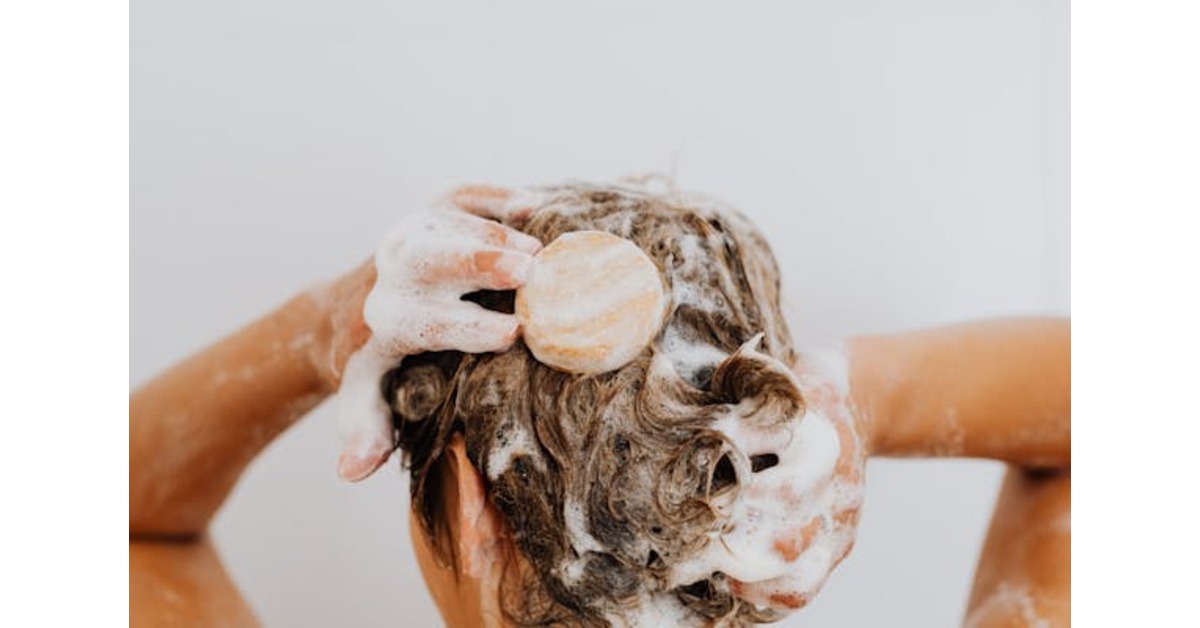Maintaining healthy, luscious locks doesn’t require an extensive arsenal of products—often, it starts with something as simple as your shampoo routine. Routine Shampoo is essential to cleanse, nourish, and protect your hair from daily wear and tear. But how can you maximize the benefits of this seemingly basic step? Let’s dive into the best practices, benefits, and tips for incorporating routine shampoo into your hair care regimen.
Why Routine Shampooing Matters
Your hair is constantly exposed to pollutants, sweat, and styling products, which can build up over time and lead to a dull, greasy appearance. Routine Shampoo is vital for:
- Removing Build-Up: Regular washing helps remove excess oil, dead skin cells, and product residue.
- Promoting Scalp Health: A clean scalp reduces the risk of issues like dandruff, itchiness, and infections.
- Enhancing Hair Appearance: Proper shampooing enhances shine, texture, and overall manageability.
- Supporting Hair Growth: A clean, healthy scalp creates an optimal environment for hair follicles to thrive.
How Often Should You Shampoo?
The frequency of shampooing depends on your hair type, lifestyle, and personal preferences. Here’s a general guideline:
- Oily Hair: Shampoo daily or every other day to manage excess oil production.
- Dry or Curly Hair: Shampoo 2-3 times a week to retain natural oils.
- Normal Hair: Shampoo every 2-3 days for balanced hydration.
- Color-Treated Hair: Opt for sulfate-free shampoos and wash 2-3 times a week to preserve the color.
Understanding your hair’s unique needs ensures you strike the right balance between cleanliness and nourishment.
Choosing the Right Shampoo for Your Hair Type
The right shampoo can make all the difference in maintaining healthy hair. Here’s how to pick the best one for your needs:
- For Dry Hair: Look for moisturizing ingredients like argan oil, shea butter, and glycerin.
- For Oily Hair: Choose a clarifying shampoo to control oil and prevent greasiness.
- For Curly Hair: Opt for sulfate-free shampoos with hydrating properties to retain curl structure.
- For Damaged Hair: Seek out shampoos enriched with keratin, biotin, or protein.
- For Sensitive Scalps: Use gentle, fragrance-free formulas with soothing ingredients like aloe vera.
Steps to Perfect Shampooing Routine
To maximize the benefits of your shampoo, follow these steps:
1. Brush Before You Wash
Brushing your hair before washing helps detangle strands and distribute natural oils evenly.
2. Use Lukewarm Water
Hot water can strip your scalp of natural oils, leading to dryness. Lukewarm water cleans effectively while being gentle on your scalp.
3. Apply Shampoo Correctly
Pour a small amount of shampoo (about a nickel-sized amount) into your palm, lather it, and apply it to your scalp. Focus on the roots, as that’s where most build-up occurs.
4. Massage, Don’t Scrub
Use your fingertips to gently massage your scalp in circular motions. This stimulates blood flow and promotes a healthier scalp.
5. Rinse Thoroughly
Make sure no shampoo residue is left behind, as it can lead to scalp irritation or dull-looking hair.
6. Condition Wisely
Apply conditioner from the mid-lengths to the ends of your hair. Avoid the roots to prevent weighing your hair down.
Common Mistakes to Avoid When Shampooing
While routine shampooing is straightforward, jiniphee leak some common mistakes can compromise its effectiveness:
- Using Too Much Product: Overloading on shampoo can strip your scalp and hair of essential moisture.
- Washing Too Often: Over-washing can lead to dryness and stimulate excess oil production.
- Skipping the Conditioner: Conditioner is crucial for locking in moisture and preventing breakage.
- Rough Handling: Aggressive scrubbing or towel-drying can damage your hair and lead to split ends.
Best Practices for Healthy Hair Between Washes
Maintaining your hair’s freshness between shampoos is just as important as the routine itself. Here are a few tips:
- Use Dry Shampoo: It absorbs excess oil and refreshes your hair without the need for water.
- Protect Your Hair: Use a silk pillowcase to reduce friction and prevent tangles while sleeping.
- Avoid Heat Styling: Minimize the use of hot tools to prevent heat damage.
- Hydrate Regularly: Drink plenty of water to keep your hair hydrated from within.
Top Ingredients to Look For in Shampoos
Understanding what’s in your shampoo can help you make better choices. Here are some key ingredients to prioritize:
- Panthenol: Strengthens hair and improves elasticity.
- Tea Tree Oil: Known for its antifungal and antibacterial properties, great for scalp health.
- Aloe Vera: Provides hydration and soothes irritation.
- Keratin: Repairs damaged hair and adds strength.
- Biotin: Promotes hair growth and thickness.
Why Invest in a Quality Shampoo?
While it’s tempting to grab the cheapest option on the shelf, investing in a quality Routine Shampoo tailored to your hair type can significantly improve hair health. Premium shampoos often contain high-quality ingredients that nourish your scalp and hair without harsh chemicals.
Signs You’re Using the Wrong Shampoo
If your current shampoo isn’t meeting your hair’s needs, you might notice:
- Increased Hair Breakage
- Persistent Dandruff or Itchiness
- Greasy Hair Shortly After Washing
- Faded Hair Color (for dyed hair)
Switching to a Routine Shampoo formulated for your specific hair concerns can resolve these issues.
Conclusion
Routine Shampoo is the foundation of any successful hair care regimen. By understanding your hair type, choosing the right products, and following best practices, you can achieve healthy, shiny, and manageable hair. Remember, consistency is key. A little effort every wash day can go a long way in maintaining your hair’s natural beauty.


